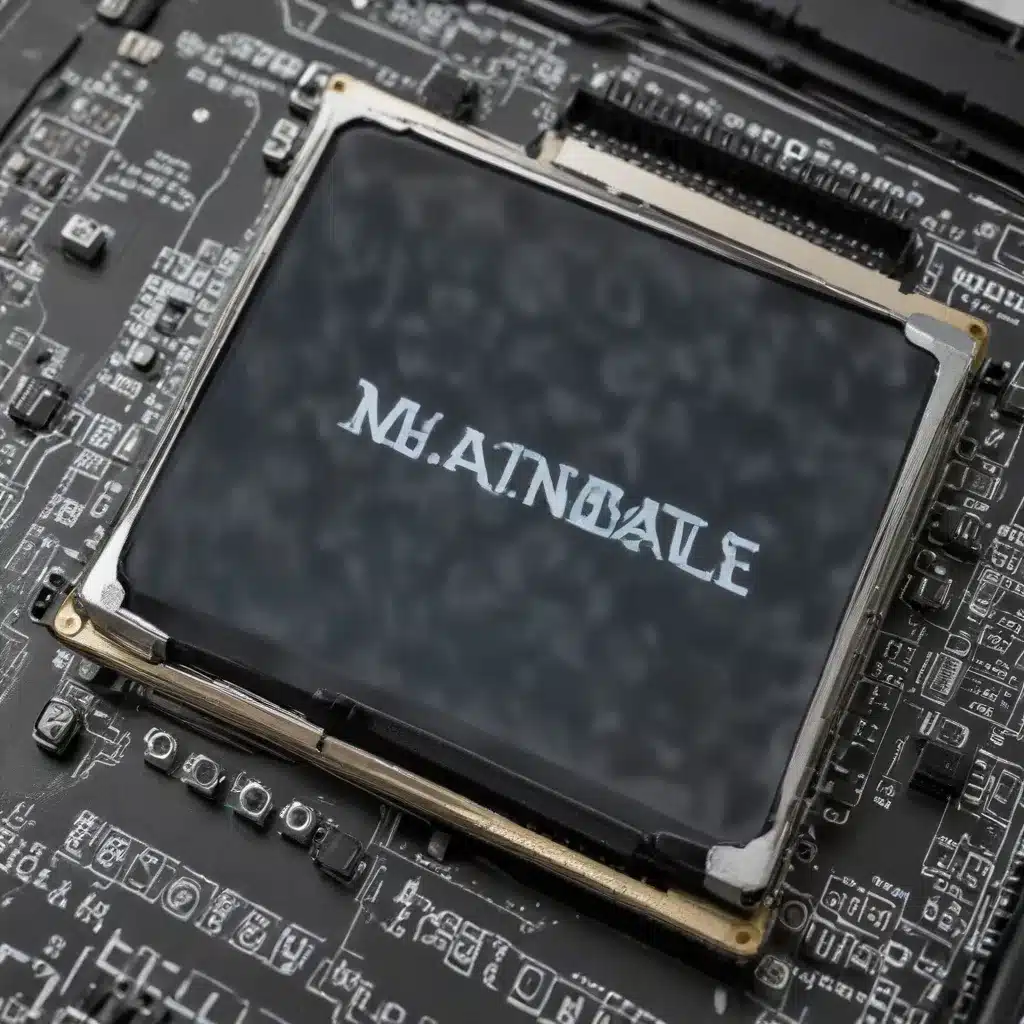
Display resolution is a critical aspect of our digital experiences, whether we’re working on a document, watching a movie, or immersing ourselves in a game. When display issues arise, it can be frustrating and disrupt our productivity or entertainment. In this comprehensive guide, we’ll delve into the world of display resolution, exploring common problems and providing practical troubleshooting steps to help you resolve these challenges.
Display Hardware
Monitors
The monitor is the primary component responsible for displaying visual information. Factors such as the monitor’s native resolution, aspect ratio, and connection type can all impact the display quality and resolution.
Graphics Cards
The graphics card, or GPU, is the powerhouse behind the scenes, processing and rendering the visual data that is ultimately displayed on the monitor. Ensuring that your graphics card drivers are up-to-date and compatible with your system is crucial for optimal display performance.
Display Ports
The connection between your computer and the monitor plays a significant role in the display resolution. Different display port types, such as HDMI, DisplayPort, and DVI, support varying resolutions and capabilities. Choosing the right cable and ensuring a secure connection can make a big difference.
Display Settings
Resolution
Display resolution refers to the number of pixels that make up the image on your screen. Higher resolutions, such as 1080p, 1440p, or 4K, generally provide a sharper and more detailed image. Ensuring that your display is set to the optimal resolution for your hardware and preferences is essential.
Aspect Ratio
Aspect ratio is the proportion of the width to the height of the display. Common aspect ratios include 4:3, 16:9, and 21:9. Matching the aspect ratio of your display with the content you’re viewing can help prevent distortion or unwanted cropping.
Refresh Rate
The refresh rate, measured in Hertz (Hz), determines how many times per second the display updates the image. Higher refresh rates, such as 120Hz or 144Hz, can provide a smoother and more responsive visual experience, particularly in fast-paced scenarios like gaming.
Troubleshooting Techniques
Diagnostic Tools
Utilizing diagnostic tools can be incredibly helpful in identifying the root cause of display issues. Windows, macOS, and many third-party applications offer built-in tools to test your display’s functionality and provide valuable insights.
Display Driver Updates
Outdated or incompatible display drivers can lead to a variety of problems, including resolution inconsistencies, flickering, or even complete display failure. Regularly updating your graphics card drivers can resolve many display-related issues.
Hardware Compatibility
Ensuring that your display hardware, such as the monitor, graphics card, and cables, are compatible with each other is crucial. Refer to manufacturer specifications and compatibility guides to ensure that your setup is optimized for the best possible display performance.
Common Resolution Issues
Incorrect Resolution
One of the most common display problems is an incorrect resolution setting. This can result in a stretched, distorted, or low-quality image. Adjusting the resolution to match the native resolution of your monitor can often resolve this issue.
Flickering or Tearing
Flickering or tearing can be caused by various factors, such as incompatible hardware, outdated drivers, or conflicting display settings. Troubleshooting these issues may involve adjusting refresh rates, updating drivers, or even replacing faulty components.
Black Bars or Cropping
When the aspect ratio of the content you’re viewing doesn’t match the aspect ratio of your display, you may encounter black bars or cropping. Adjusting the aspect ratio settings or scaling options can help ensure that the content is properly displayed.
Display Optimization
Performance Tuning
Optimizing your display settings can have a significant impact on performance, particularly in demanding applications like gaming or video editing. Adjusting GPU settings, power management, and other system-level configurations can help enhance the overall display experience.
Ergonomic Considerations
Beyond technical performance, it’s essential to consider the ergonomic aspects of your display setup. Factors like scaling, UI element sizing, and eye strain reduction can greatly impact your comfort and productivity when working or enjoying content for extended periods.
Connectivity and Compatibility
Cable Selection
Choosing the right display cable is crucial for maintaining the desired resolution and performance. Different cable types, such as HDMI, DisplayPort, and DVI, support varying resolutions and capabilities. Ensuring that you’re using the appropriate cable for your setup is key.
Multi-Display Setups
Connecting multiple displays to a single system can introduce additional challenges. Understanding concepts like daisy-chaining, mirroring, and extending displays can help you configure a seamless multi-monitor setup that meets your needs.
Display Technology
LCD Panels
The underlying display technology plays a significant role in the overall image quality and performance. Common LCD panel types, such as TN, IPS, and VA, have their own unique characteristics and trade-offs in terms of color accuracy, viewing angles, and response times.
Emerging Displays
The display landscape is constantly evolving, with the introduction of higher resolutions (4K, 8K), improved color accuracy (HDR), and wider color gamuts. Understanding these emerging display technologies and their capabilities can help you make informed decisions when upgrading or purchasing new display hardware.
By exploring the intricacies of display resolution, troubleshooting common issues, and understanding the underlying hardware and software components, you’ll be well-equipped to tackle and resolve any display-related challenges you may encounter. Remember, staying up-to-date with the latest display technologies and best practices can go a long way in optimizing your digital experiences. For more comprehensive IT support and guidance, be sure to visit itfix.org.uk.












